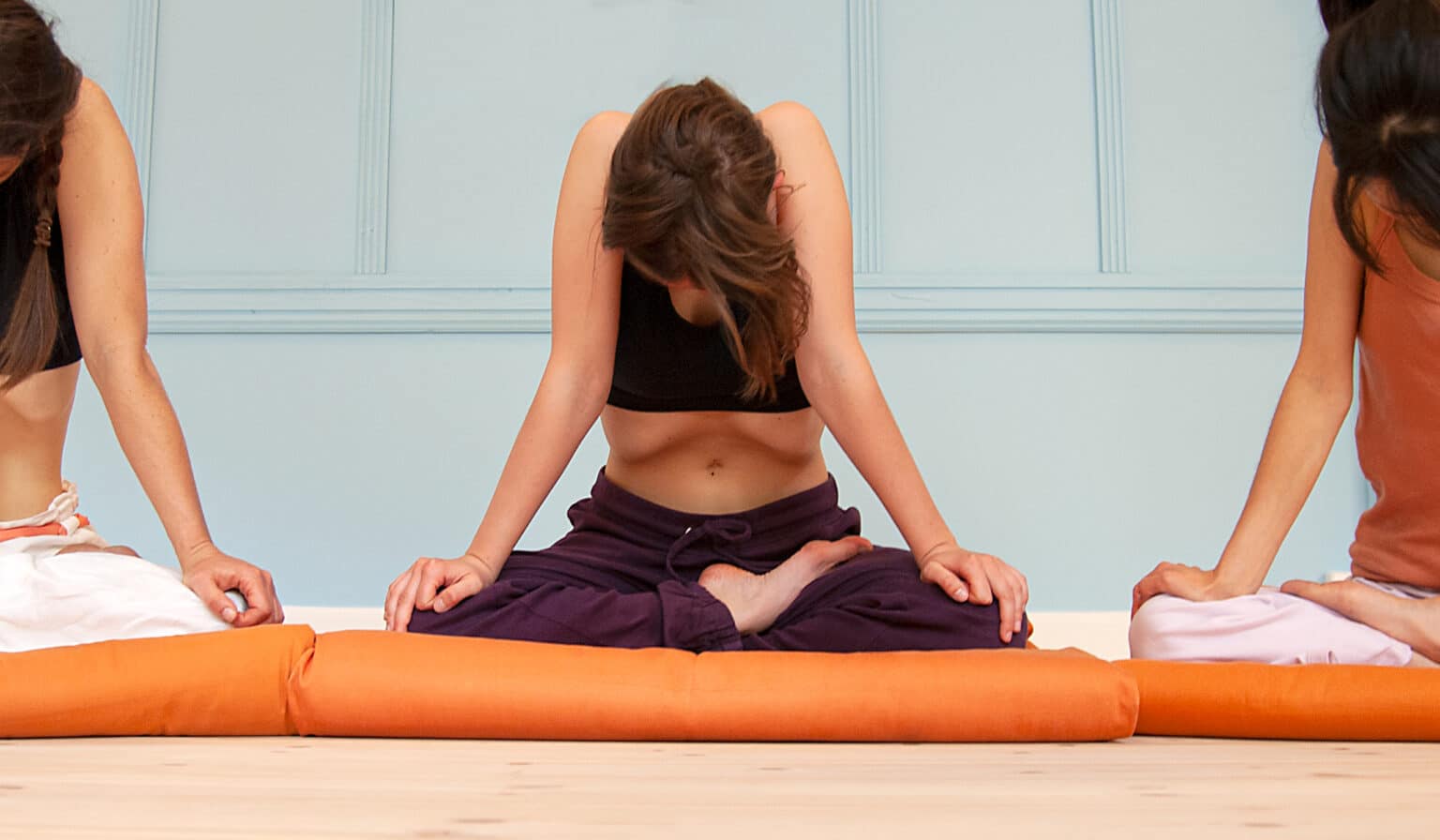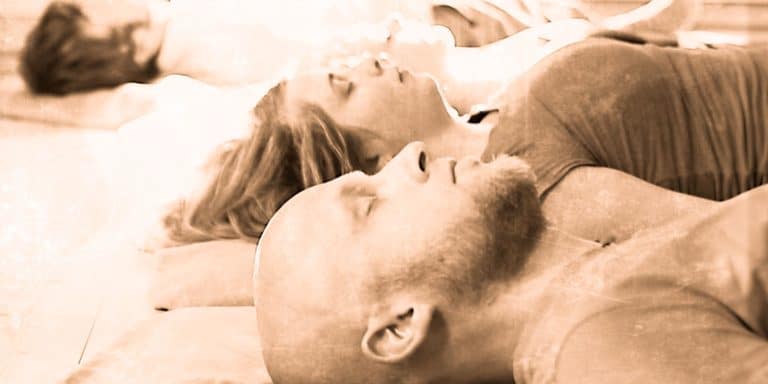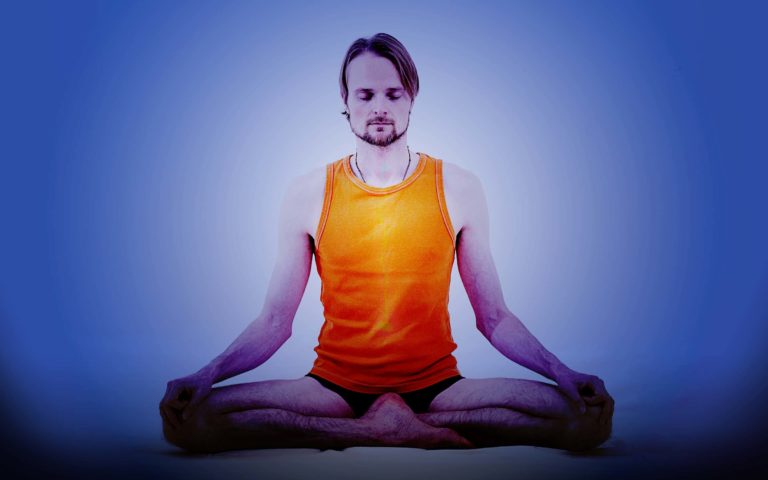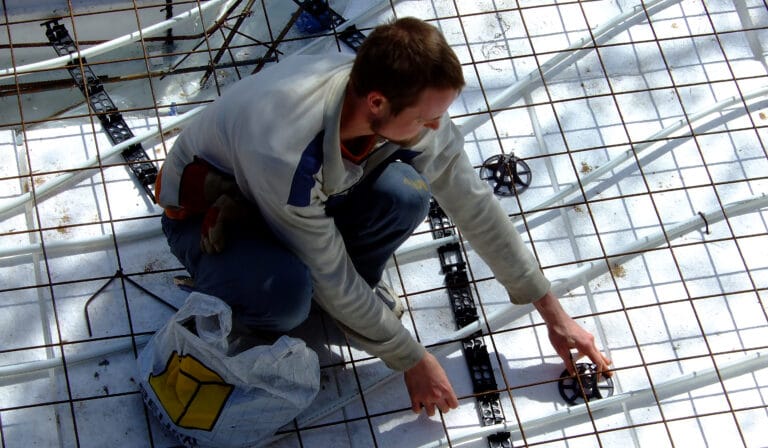There is a host of pranayamas out there. But how many of them are unique and not just the same practice with a different name? In this post, you get an overview of all pranayamas, and I will help you understand the fundamentals they are built on. Based on that, you will see how many different pranayamas there are.
In total, there are ten uniquely different pranayamas. But depending on exactly what you consider pranayama to be, you could extend that number to around twenty practices. Beyond this number, we are looking at variations of the same practices.
That’s the short answer. Now let’s look at how I came to that conclusion.
How do you determine the total number of pranayamas?
The pranayamas are the breathing exercises in hatha yoga. They build on different elements.
Kumbhaka (retention)
The most crucial element of pranayama is breath retention. Its fancy Sanskrit name, is kumbhaka. You can hold your breath in two ways: either with full lungs or with empty lungs.
Yogis practice retaining the breath for extended periods of time because it calms down the mind and awakens the inner life force.
Bandhas – yogic energy locks
While holding your breath, you can enhance the benefits by forcing your energy to circulate differently. You can do this with yogic energy locks, or bandhas. There are three of them: the chin lock (Jalandhara bandha), the root lock (Mula bandha) and the abdominal lock (Uddiyana bandha). Though the bandhas are building blocks of pranayama, they are traditionally not considered pranayama on their own.
Distinct types of breath
There are different ways to breathe in pranayama. Some pranayamas have a forceful rapid breath as a build-up and support for long retentions. Other pranayamas are, on the contrary, designed to be done as slowly as possible. Advanced yogis can take minutes to complete a single breath.
In some yogic breathing exercises the breath is fluid and continuous. However, there are also techniques that involve an interrupted breath.
Furthermore, in pranayama, there are four ways the air can enter the lungs:
- Through both nostrils
- Through the right nostril
- Through the left nostril
- Through the mouth
Ratios
When you control your breath, you will often do it according to specific ratios. One example is to say that you will breathe so that in-breath and out-breath are equally long. Another ratio is making the out-breath twice as long as the in-breath.
Sounds
Some pranayamas involve making a sound. It can be a whispering sound or a more robust sound that makes your vocal cords vibrate.
Mudras
Mudras, or energy attitudes, are also an element in pranayama. For example, Khechari mudra and Shambhavi mudra are two of them. In addition, finger mudras or hand gestures are minor elements.
Mantras
Though it’s not used much today, at least not in the west, yogis traditionally used mantras in pranayama. For example, some texts recommend measuring the retention duration by repeating a mantra a certain number of times.
Complete list of all pranayama
Now you know the components that make up the yogic breathing exercises. It’s time to see how these can be combined to form different pranayama practices.
The first ten methods in the list below are the ones that yogis traditionally considered pranayama. They have distinct and unique features.
Beyond the first ten on the list, the following are practices frequently called pranayama today. Some of them are distinct practices that ancient yogis didn’t consider pranayama, but mudra, bandha or even asana. Others are not complete practices but rather isolated elements of pranayama. Yet others are variations of the first ten distinct methods.
1 – Nadi Shodhana Pranayama
This practice involves breathing alternately through your nostrils. First, you close one nostril and inhale through the one left open, then you close the first and breathe out through the other. You continue breathing in through the other and then out through the first. Another name for this widespread practice is Anuloma Viloma Pranayama.
The whole point of this practice is to breathe slowly. However, there are many variations of Nadi Shodhana Pranayama. In its complete form, it involves breath retention after the in-breath (and optionally after the out-breath).
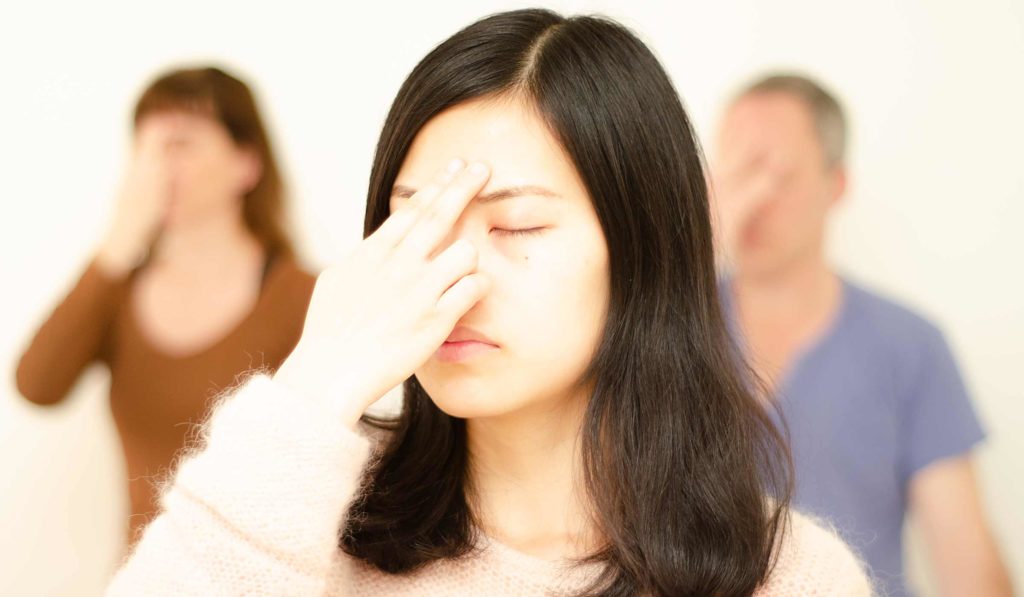
To help train your capacity, you can follow a ratio. The classical one is 1:4:2 (or 1:4:2:1 if you do external retention). The first number represents the in-breath, the second the length of the retention and the third the out-breath.
Now nadi shodhana pranayama has many names:
- Nadi Shuddhi
- Anuloma Viloma Pranayama
- Mrigi Mudra Pranayama
- Alternate nostril breathing
- Alternate breath
2 – Ujjayi Pranayama
This breath is crucial. It entails making a slight whisper in the throat as you breathe. The sound helps you to slow your breath down and make it, smooth and even. An advanced yogi can slow the breath down to an ideal rhythm of 90 breaths per hour.
The healing Ujjayi breath goes well together with the Khechari mudra (also called the tongue lock). You do Khechari by folding your tongue back and touching the soft part of the palate with the tongue tip. Advanced yogis even let the tongue slide into the nasal cavity.
Are you interested in advanced Khechari? Read this article about how I discovered it after using the basic version for nearly twenty years.
Ujjayi breath means the victorious breath in Sanskrit. But this pranayama goes by other names as well:
- Kundalini Pranayama
- The ocean breath
- The psychic breath
3 – Bhastrika Pranayama
In the Hatha Yoga Pradipika, the yogi Swatmarama compares this breath to the bellows of a blacksmith because you engage your diaphragm to breathe forcefully and rapidly. This type of forceful breathing should be followed by breath retention for good results.
You can do bhastrika through both nostrils or just one at a time. Various traditions have different approaches to it. For example, the Delhi based yogi Dhirendra Brahmachari guided forceful breathing in yoga poses.
Bhastrika pranayama is also known as:
- The fire breath
- The blacksmith’s bellows
- Bellow breathing
4 – Kapalbhati Pranayama
The Hatha Yoga Pradipika describes Kapalabhati as a cleansing method rather than as pranayama. But because it uses the building blocks of pranayama uniquely, it tends to be seen today as pranayama.
Kapalbhati is similar to Bhastrika because firstly it is rapid and forceful breathing followed by retention. The difference is that during the breathing phase, only the out-breath is active. Also, the retention is with empty instead of full lungs, which allows you to add the abdominal lock in addition to the chin- and root lock.
Kapalbhati is also called the skull cleansing breath.
Do you need a detailed comparison between Bhastrika and Kapalbhati? Then have a look at this article.
5 – Bhramari Pranayama
In Bhramari, you close your ears and make a humming sound on the out-breath. That is why it is called the bumblebee. It is easy to do and has a calming effect.
6 – Murcha Pranayama
Murcha is the fainting breath. Essentially it is breath retention with the head in a reclined position and your gaze fixed on the eyebrow centre. It is described in ancient yogic texts, for example, the Hatha Yoga Pradipika.
7 – Surya Bheda Pranayama
The purpose of this breath is to activate the spinal energy flow associated with physical energy, the sun nadi, Pingala. Pingala nadi is connected with the right nostril. You do it by breathing in through the right nostril, holding the breath and then breathing out again through the right nostril.
Surya Bheda means piercing the sun. Commonly present day yogis call it the sun breath.
8 – Chandra Bheda Pranayama
Chandra Bheda is the opposite of the sun breath. Instead of breathing through the right nostril, you breathe through the left one. That stimulates Ida nadi, the moon nadi that is connected to the left nostril.
You cannot find chandra bheda in Hatha Yoga Pradipika. BKS Iyengar writes that it is described though not named in the Yoga Chudamani Upanishad.
Chandra bheda is a distinct practice.
9 – Sheetali and Sheetkari Pranayama
Sheetali is the cooling breath done by extending your tongue and rolling it to a tube. Then you suck air in through the tube with a slight hissing sound. As the air flows into the mouth, you focus on the cool sensation.
Not everybody can roll their tongue. Sheetkari is a variation of the same practice for those who can’t. In this pranayama, you make a big smile and breathe in through the teeth.
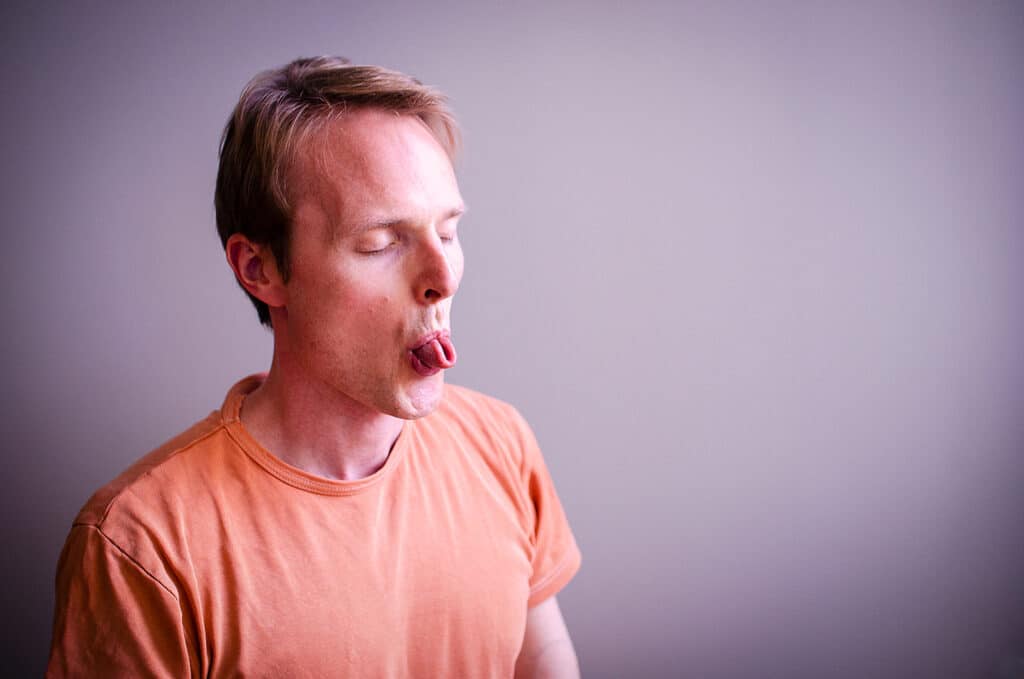
10 – Plavini Pranayama
Plavini is a funny one. It is considered a pranayama in the Hatha Yoga Pradipika. However, it doesn’t share many characteristics with other ones. It is about swallowing air and burping it up. I would classify it under cleansing methods instead of pranayama.
11 – Kriya Pranayama
In Lahiri Mahasaya’s kriya yoga (made famous thanks to Swami Yogananda and his Autobiography of a Yogi), there is an essential practice called Kriya Pranayama. This practice is fundamentally the Ujjayi breath.
However, there is a mental dimension to it where you imagine your breath rising and falling in the spine while mentally pronouncing the mantra Om in a certain way.
I consider this to be a kundalini kriya built on Ujjayi rather than pranayama in its own right. There exist many similar practices. Yogani on Advanced Yoga Practices (APY) calls it spinal breathing. In Satyananda Yoga there is the practice pawan sanchalana that serves a similar purpose.
12 – Chatura Pranayama, Samavritti Pranayama and Visamavritti Pranayama
As you saw at the beginning of the article, one feature of pranayama is to breathe according to a specific ratio. This is particularly common in Nadi Shodhana Pranayama. However, you can use proportions in other practices, such as Ujjayi Pranayama or even a regular breath.
If you practice a breath with an equal duration of in-breath, retention, out-breath and external retention, you practise chatura pranayama. This breath is also called the square breath, the box breath or Samavrittipranayama.
“Sama” means equal, and “visama” means unequal. Therefore practicing with a ratio that is not equal can be called Visamavrittipranayama.
I am reluctant to see any of these practices as distinct pranayama. After all, you can apply the ratios to many different breathing exercises.
13 – Spontaneous Breath and Pranava Pranayama
The word pranayama is composed of two parts. “Prana” is the subtle life force, and “yama” means to master or control. Pranayama is to influence the lifeforce by willfully controlling the breath. Therefore I find it a bit odd to refer to awareness of the natural breath as pranayama. After all, in many meditation traditions watching the natural flow of breath is seen as meditation.
The Indian TV guru Swami Ramdev has a pranayama he calls Pranava Pranayama. It is spontaneous breath awareness with optional mental repetition of the syllable OM.
Swami Niranjanananda also teaches a practice with the same name. He instructs pronouncing the Om out loud and using the practice as a variation of Bhramari. It is much like Udgeeth Pranayama that I will get too soon.
14 – Deep breathing and Dirga Pranayama
Though it can be helpful to practice deep belly breathing, it does not in itself involve the components of yogic pranayama. Insisting on a full breath is not something that ancient yogic texts deal with either. I think of it more as a preliminary.
There is a widespread practice called Dirga Pranayama. I have never seen this name in any yogic source text. It is lying down, deep breathing with awareness of air filling the belly, chest and upper chest.
I my own teaching I call the same practice “the complete breath” and I guide it separately from seated breathing exercises as a warmup for postures. I think it’s useful but as a preliminary. You can’t compare the benefits with those of classical yogic breath-work.
15 – Bahya Pranayama and Maha Bandha
Swami Ram Dev has another pranayama that he calls Bahya Pranayama. It is another one of those names that I have yet to come across in any yogic text. But I have not read everything, so maybe it is there somewhere.
However, Bahya Pranayama is identical to Maha Bandha. You do it by performing Jalandhara bandha, Mula bandha and Uddiyana bandha simultaneously. Some call it tri bandha.
Maha Bandha is one of the first hatha yoga practices described in writing. It appears already in the Amrtasiddhi from the 11th century CE. You also find it in the third chapter of the Hatha Yoga Pradipika (verses 3:74 to 3:76). The third chapter is about mudras and bandhas, while you find pranayama in the second chapter.
I think it makes more sense to consider this practice a bandha and not pranayama. After all, yogis use it in several different breathing exercises.
16 – Udgeeth Pranayama and Om chanting
There is yet another pranayama that appears to be from Ram Dev. He calls it Udgeeth Pranayama. It consists of a deep, slow in-breath and then a long, loud Om. I would not call Om chanting pranayama. For the sake of clarity and consistency, I think it’s better to call it Om chanting.
17 – Kaki Mudra Pranayama
Kaki Mudra is a mudra described in a text called the Gherandah Samhita. You do it by purginging your lips and breathing in through the tiny hole you make with your mouth. In the Satyananda tradition, we add retention, during which we blow up the cheeks and focus on the nose tip.
Kaki Mudra is different from other breathing exercises. Whether it is a mudra or pranayama is a matter of definition, and I accept both. But again traditionally it is a seen as a mudra.
18 – Simhasana Pranayama
Simhasana is a yoga pose described in the Hatha Yoga Pradipika. Today, people add a deep sound on the syllable “a” to the pose. Because of this out-breath, some yoga teachers have started calling it pranayama.
I don’t think Simhasana qualifies as pranayama. I think asana is a better fit for two reasons. Firstly the sitting position for Simhasana is not great for going deep with the breath. Secondly, the sound is too rough. Therefore I would not consider including it in a pranayama sequence. I would use Bhramari for a similar but more subtle effect.
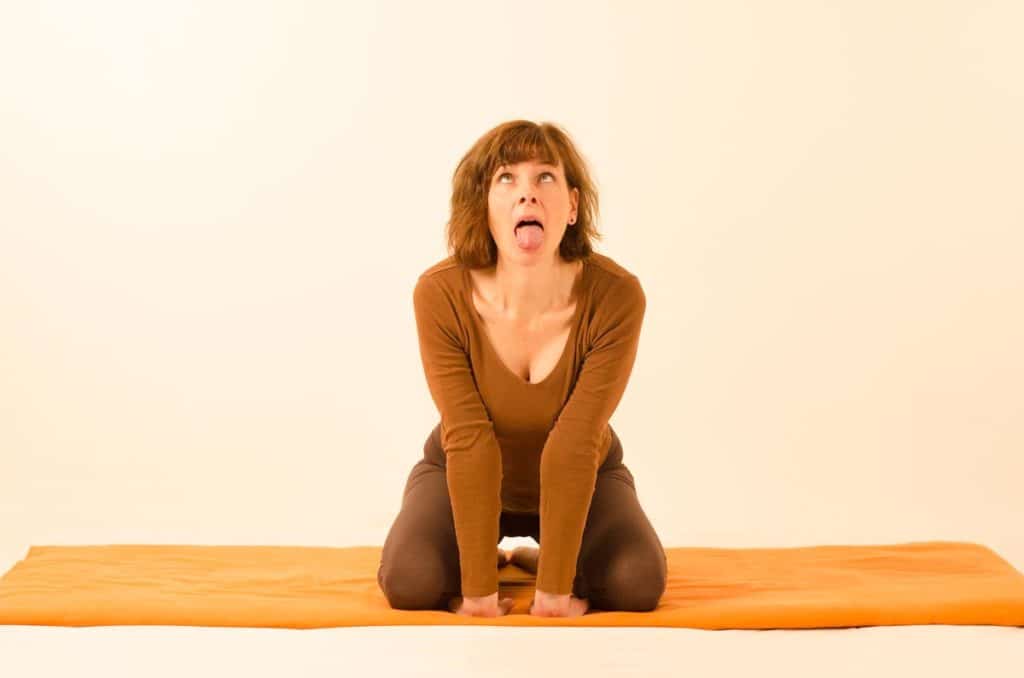
19 – Swana Pranayama
In his book Prana Pranayama Pranavidya Swami Niranjananada describes a pranayama he calls Swana Pranayama or the panting breath. He instructs you to sit in bhadrasana and with your tongue stretched far out breath rapidly through your mouth like a panting animal. At the same time exaggerate the movement of the abdomen using the abdominal muscles.
Swami Niranjanananda writes that this breath is a good preparation for Bhastrika and Kapalbhati pranayama.
Much like with Simhasana I am reluctant to consider this practice a pranayama in its own right. I would be more comfortable with calling it a preliminary.
20 – Agnisara Pranayama
Agnisar is similar to the cleansing process of Nauli. In the Hatha Yoga Pradipika, you find Nauli in the chapter dealing with cleansing processes. Most yogis would consider Agnisara to be a cleansing process too. But a minority of yoga teachers call it pranayama.
To do Agnisar Kriya, first do the abdominal lock, breathing out thoroughly and then sucking your belly in. Then you move your abdominal muscles back and forth in a rapid movement, a practice that isn’t very relaxing while you are doing it.
Though there is breath retention, I think it is more suitable to consider Agnisar a cleansing process than pranayama.
21 – Wave Breath
The wave breath (not to be confused with the ocean breath) is a preliminary breathing exercise I learned from Swami Janakananda. You do it lying down. First, you breathe in, then you hold your breath, and alternatively push out and pull in your belly.
The wave breath is an excellent breathing exercise and one of the most valuable methods I know. It is different enough from other practices to be seen as a distinct method. If that makes it pranayama or not is a matter of definition. It does not appear in any ancient yoga texts. I prefer to call it a preliminary.
22 – Viloma Pranayama
A normal breath is a continuous flow. Viloma means to go against the natural flow (literally it means agains the hair) and in pranayama that signifies to interrupt the natural flow.
Viloma pranayama is thus the process of prolonging inhalation and exhalation by adding short interruptions.
I don’t consider this method to be a stand alone pranayama practice but rather a component that can be integrated in several different pranayamas.
23 – Anuloma Pranayama
In his influential book Light on Pranayama, BKS Iyengar describes a practice called Anuloma Pranayama. If viloma means to go agains the natural order, anuloma means to go with it.
Iyengar describes Anuloma Pranayama as the practice of restraining the amount of air flowing through your nostrils by pressing with your fingers on the sides of your nostrils.
24 – Mrigi Mudra Pranayama
There is a mudra called the deer mudra (Mrigi Mudra) because you the way your hand looks like a deer head with two horns. Another name for the same mudra is Vishnu Mudra. It is a very common mudra for practicing Nadi Shodhana Pranayama. Mrigi Mudra Pranayama is simply another name for Nadi Shodhana.
Do you need more guidance on how to close your nostrils for Nadi Shodhana? I have written a whole article about that.
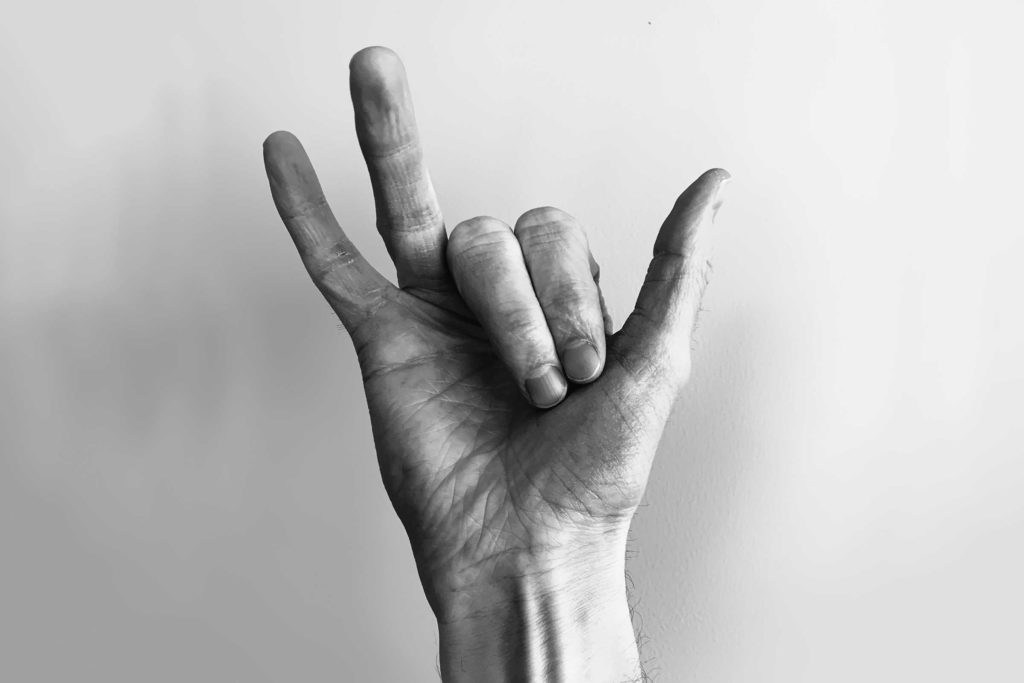
Alphabetic list of all pranayamas
I have made an alphabetic list of all pranayama I mention in this post. Thanks to the list it is easy to get an overview and it becomes apparent that most pranayamas aren’t unique but just different names for the same practices.
| Name of Pranayama | Related practice | Notes |
|---|---|---|
| Agnisara Pranayama | Cleansing process rather than pranayama | |
| Anuloma Pranayama | Component rather than full practice | |
| Anuloma Viloma Pranayama | Identical to basic Nadi Shodhana pranayama | |
| Alternate breath | Identical to Nadi Shodhana pranayama | |
| Alternate nostril breathing | Identical to Nadi Shodhana pranayama | |
| Bahya Pranayama | Identical to Maha Bandha | Traditionally considered a mudra |
| Bellow breathing | Identical to Bhastrika pranayama | |
| Bhastrika Pranayama | Unique pranayama | |
| Bhramari Pranayama | Unique pranayama | |
| Blacksmith’s bellows | Identical to Bhastrika pranayama | |
| Chatura Pranayama | Identical to the square breath | |
| Chandra Bheda | Unique pranayama | |
| Chandra Bhedana | Identical to Chandra Bheda | |
| Deep belly breathing | Distinct practice but traditionally not seen as pranayama | |
| Dirga Pranayama | Identical to deep belly breathing | |
| Fire breath | Similar to Bhastrika pranayama | |
| Kaki Mudra | Distinct practice but traditionally not seen as pranayama | |
| Kapalabhati | Unique pranayama | |
| Kriya Pranayama | Based on Ujjayi pranayama | |
| Kundalini Pranayama | Identical to Ujjayi pranayama | |
| Moon breath | Identical to Chandra Bheda pranayama | |
| Mrigi Mudra Pranayama | Identical to Nadi Shodhana pranayama | |
| Murcha Pranayama | Unique pranayama | |
| Nadi Shodahana Pranayama | Unique pranayama | |
| Plavini Pranayama | Unique pranayama | |
| Pranava Pranayama | Identical to spontaneous breathing | |
| Samavritt Pranayama | Identical to the square breath | Ratio that can be applied to several pranayamas |
| Sheetali Pranayama | Unique pranayama | |
| Sheetkari Pranayama | Very similar to Sheetali pranayama | |
| Simhasana Pranayama | Traditionally seen as a yoga pose | |
| Skull cleansing breath | Identical to Kapalabhati | |
| Swana Pranayama | Preliminary to Bhastrika | |
| Sun breath | Identical to Surya Bheda pranayama | |
| Surya Bheda | Unique pranayama | |
| Surya Bhedana | Identical to Surya Bheda pranayama | |
| Udgeeth Pranayama | Essentially Om chanting | |
| Ujjayi Pranayama | Unique pranayama | |
| Victory breath | Identical to Ujjayi pranayama | |
| Viloma Pranayama | Component rather than full practice | |
| Visamavritti Pranayama | Ratio that can be applied to several pranayamas | |
| Wave breath | Unique practice but not a traditional pranayama |
